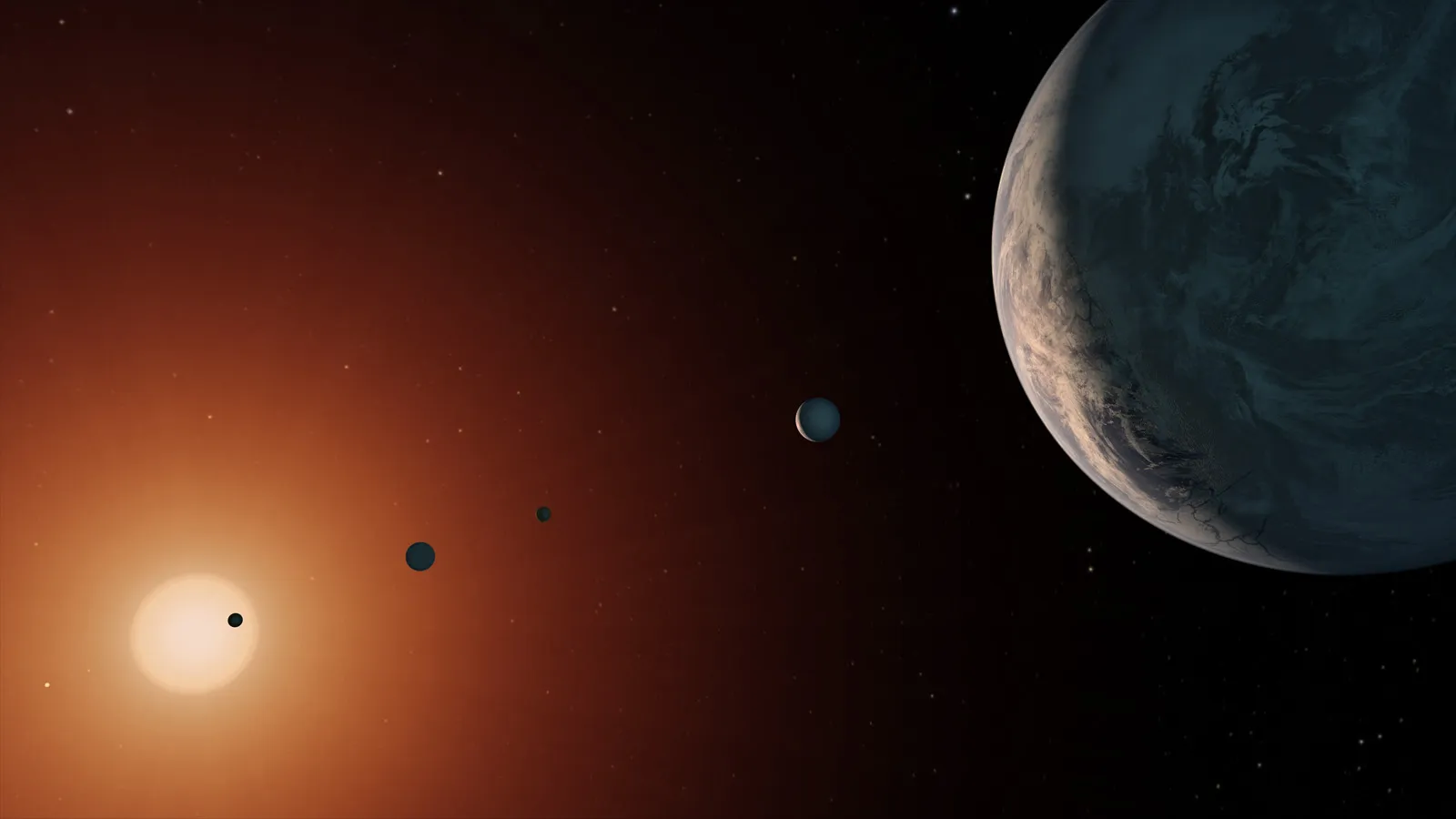Advanced imaging tools revealed protoplanetary light once mistaken for three massive planets near LkCa 15.
Key Takeaways
- Astronomers using Hawaii’s advanced telescopes found the three “super-Jupiter” planets were likely misidentified.
- Refined imaging techniques reveal light attributed to planets was actually from the protoplanetary disc.
- LkCa 15, a young Sun-like star, still holds promise for studying planetary formation.
- Smaller, dimmer planets may still exist, resembling Jupiter or Saturn, within the disc.
- These findings could help improve ou
________________________
Astronomers using two of Hawaii’s most advanced telescopes have made a groundbreaking discovery about LkCa 15, a young star 473 light-years away. Previous research suggested three “super-Jupiter” planets orbiting within the star’s protoplanetary disc, but new data shows that these planets likely don’t exist. Instead, the light initially thought to be planetary is now attributed to the disc itself.
LkCa 15 is a T Tauri star, an early stage in stellar evolution. Its surrounding protoplanetary disc—composed of dust, gas, and rocky material—is a hotspot for studying how planets form. When particles collide and accumulate, their growing gravity pulls in surrounding material, eventually creating planets that clear their orbits of debris.
Advanced Imaging Techniques Lead to Surprising Results
Using the Subaru Telescope and WM Keck Observatory, researchers conducted a detailed analysis of LkCa 15. They employed cutting-edge tools like the Subaru Coronagraphic Extreme Adaptive Optics (SCExAO) system paired with the CHARIS spectrograph, capturing sharp near-infrared images. The Keck Observatory contributed with its Near-Infrared Camera (NIRC2), analyzing longer wavelengths emitted by young planets.

These advanced methods, combined with archived Keck data from 2009, revealed that most of the light near LkCa 15 originates from the edge of its protoplanetary disc. The brightness of this disc had been previously misinterpreted as evidence of massive planets.
Despite the absence of the three super-Jupiters, researchers believe smaller planets, possibly the size of Jupiter or Saturn, may still exist within the disc. These planets are likely too dim to detect with current technology.
The Significance of LkCa 15
This discovery doesn’t negate the potential for planetary formation around LkCa 15. Instead, it highlights the need for refined detection techniques. If smaller planets are found, they could offer valuable insights into how planetary systems, including our Solar System, take shape.
Thayne Currie, a leading astrophysicist from NASA-Ames Research Center and the Subaru Telescope, expressed optimism about ongoing research. “The planets in this infant solar system could actually be much more like our own Solar System than previously thought,” he said.
The research has been accepted into The Astrophysical Journal Letters and has been published on arXiv.




